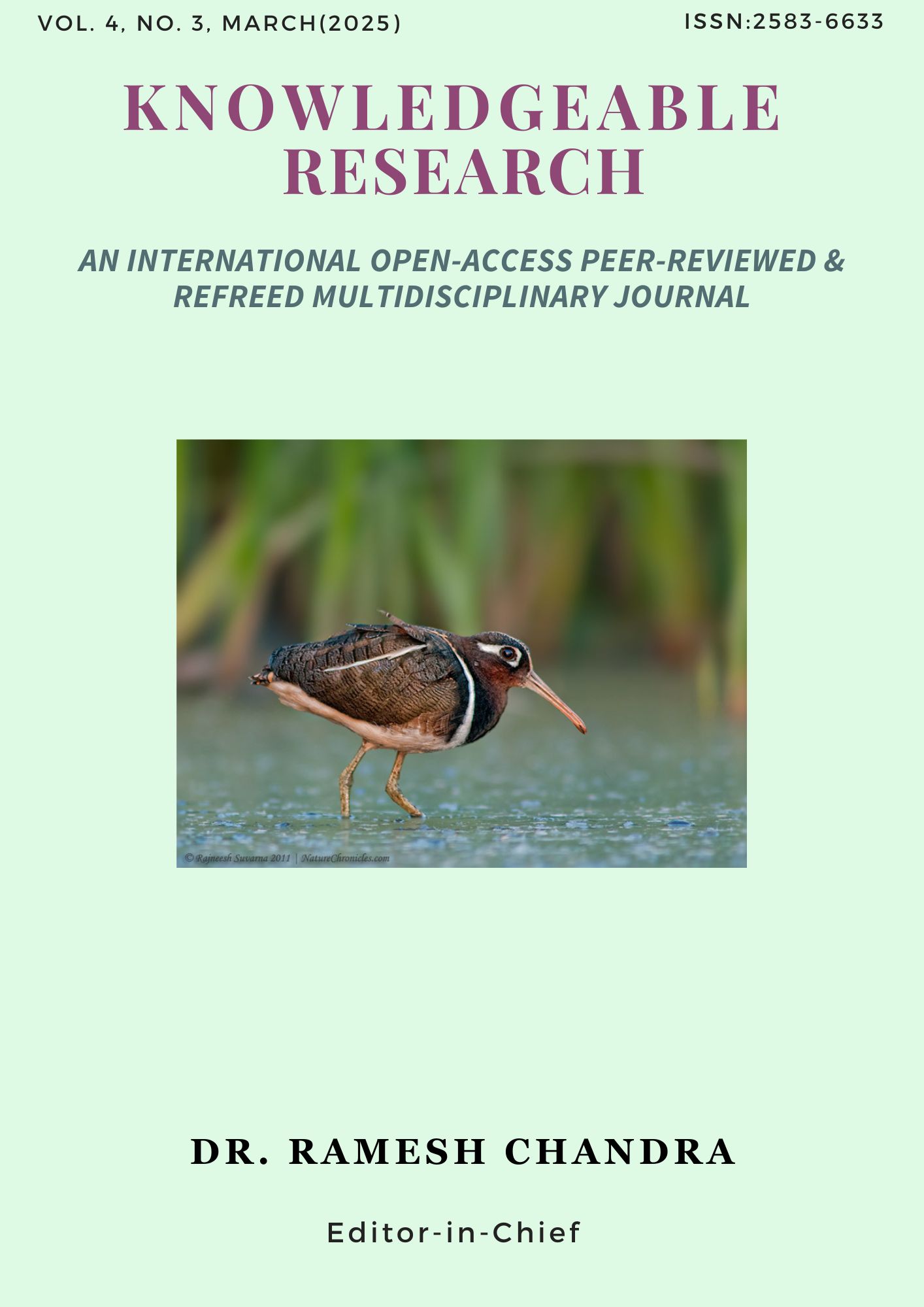An analysis of the psychological and creative differences between traditional and virtual art-making processes
Main Article Content
Abstract
Virtual reality (VR) and other modern digital technologies have overturned traditional notions of artistic production and creative expression, therefore fundamentally altering the process of producing art. This major technological transformation is more than just an equipment upgrade; it is a fundamental rethinking of the creative process as the boundaries between the digital and physical worlds melt and entangle. Long-standing critical components of creative expression have been the texture of the canvas, the durability of the clay, and the minute variations of a brushstroke. Artists have historically overcome creative challenges through direct physical contact, muscle memory, intuitive bodily knowledge, and instant sensory feedback. In contrast, virtual worlds provide a layer of extreme mediation that transforms artists’ interactions with their tools, perspective of space, and even the concept of making art.
This research paper investigates the major psychological and creative differences between traditional art-making techniques and those that emerge in virtual environments. Through an innovative mixed-method approach, we seek to understand the complex cognitive, emotional, and neurological changes experienced by artists transitioning from the real world to virtual creative contexts. What different cognitive processes are applied when creating art digitally rather than in person? What psychological mechanisms are activated or suppressed in virtual environments? What effects does technological mediation bring on emotional engagement in the creative process? What new creative decision-making outcomes occur in virtual artistic settings? This study explores the adaptability of human creativity in more depth than a cursory assessment of technology. Creating art requires complex psychological experiences of expression, imagination, and meaning-making in addition to the production of visual products. Virtual technologies provide new avenues for artistic investigation and challenge artists to develop new emotional and cognitive capacities rather than replace modern artistic approaches. Investigating these complex shifts can help us advance more advanced knowledge of creativity in the digital age, in which human artistic impulses and technology developments always interact, challenge, and inspire one another.
Downloads
Article Details
Section

This work is licensed under a Creative Commons Attribution-NonCommercial 4.0 International License.

